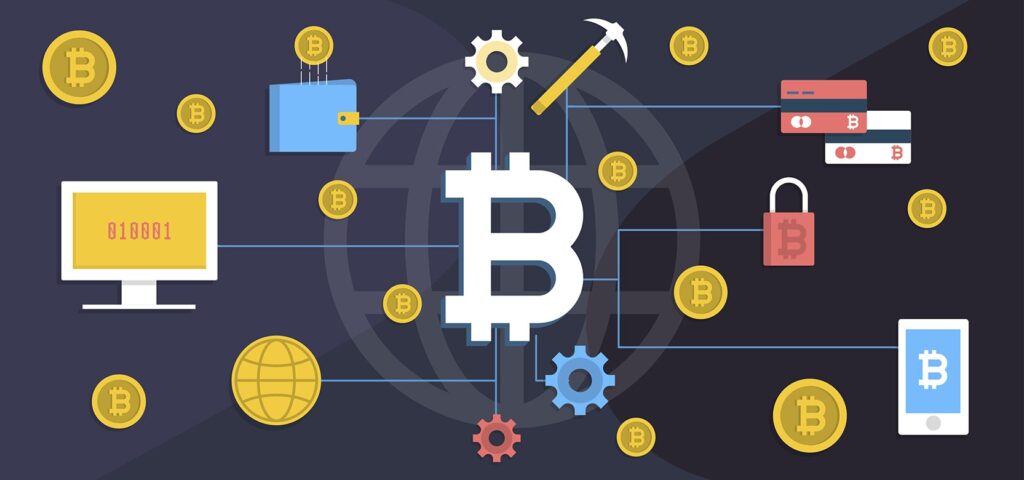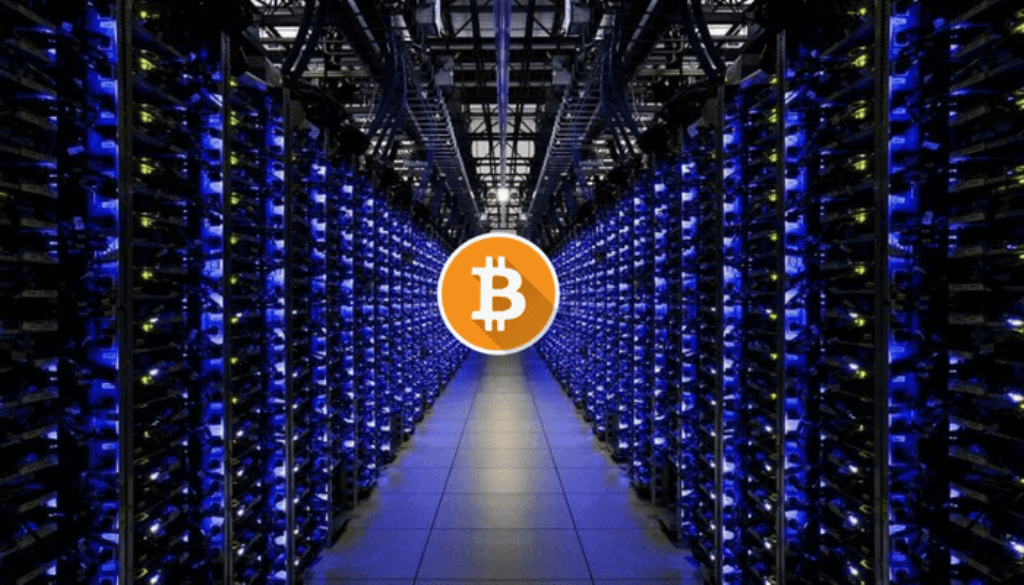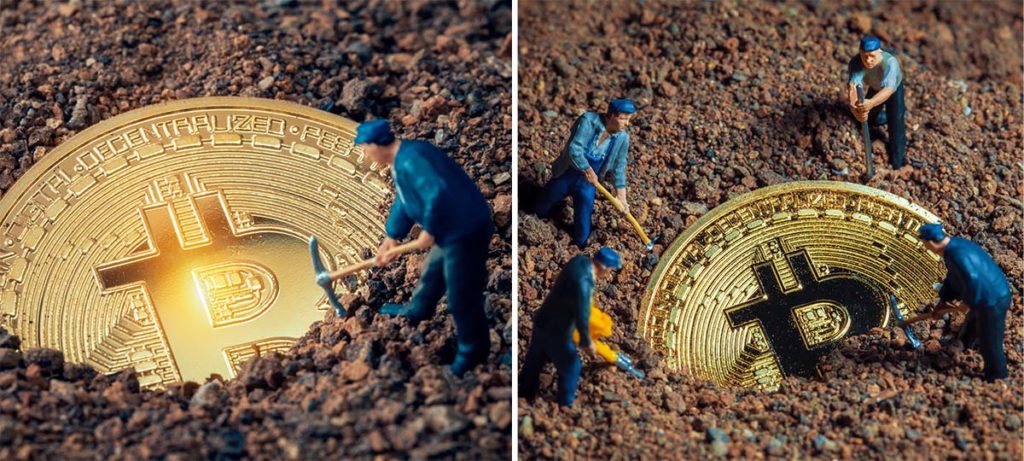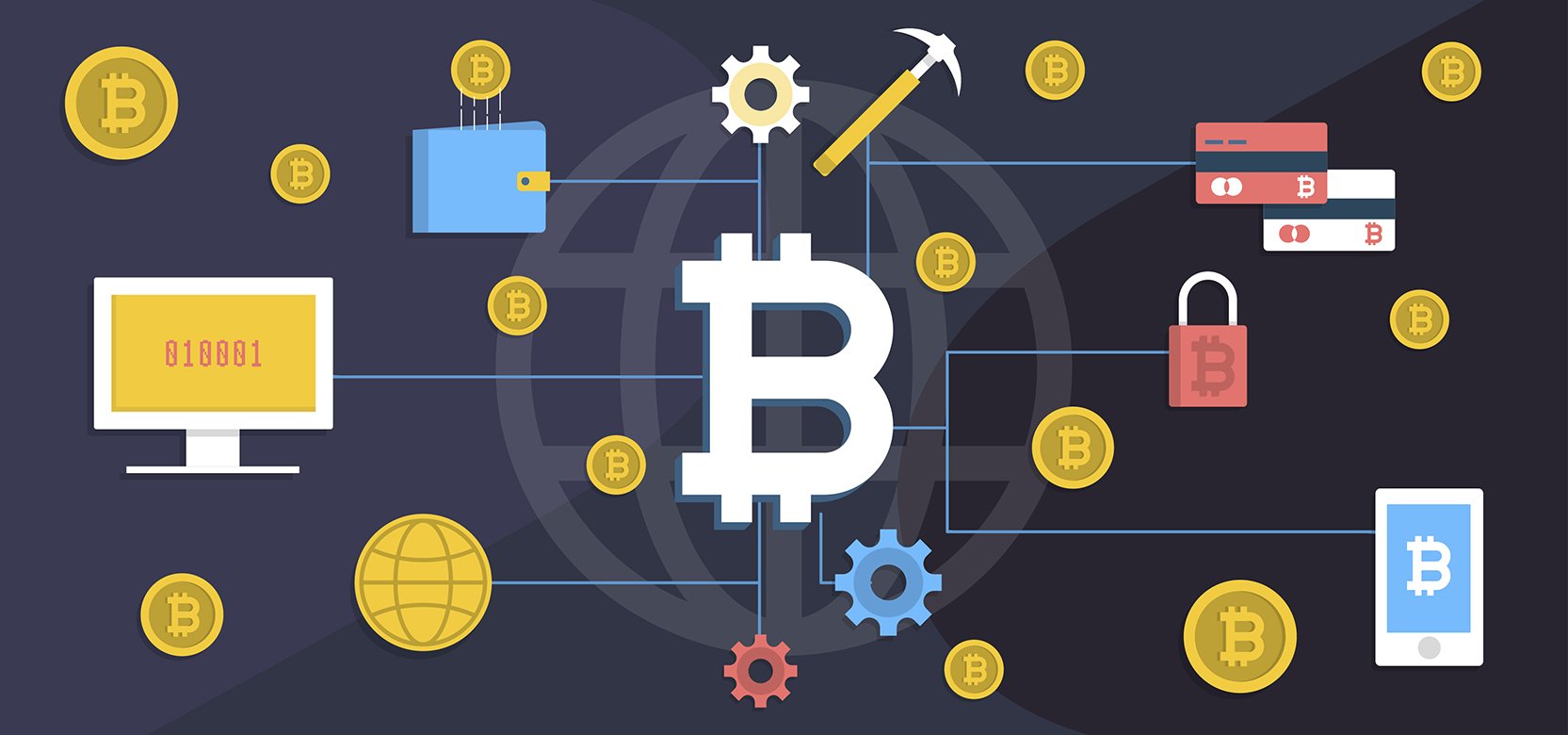Cryptocurrency mining can be a complex topic for beginners to wrap their heads around. However, with the right information and strategy, anyone can get into crypto mining.

This complete guide will walk you through everything you need to know to start mining cryptocurrencies.
What is Cryptocurrency Mining?
Cryptocurrency mining is the process of verifying and adding new transactions to the blockchain digital ledger. Cryptocurrency miners use specialized computer hardware and software to solve complex math problems that validate blocks of transactions.
When miners add a new block of transactions to the blockchain, they receive a reward in the form of cryptocurrency tokens. For example, Bitcoin miners receive bitcoin when they mine a new block. These block rewards and transaction fees are incentives that keep miners contributing their computing power to secure blockchain networks.
So in essence, cryptocurrency mining is using computing hardware to earn cryptocurrency rewards by confirming transactions and securing networks. It allows cryptocurrencies to function in a decentralized manner without the need for third-party financial institutions.
How Does Cryptocurrency Mining Work?
Here is a quick overview of how cryptocurrency mining works:
- Mining software communicates with the blockchain network and receives the latest data on transactions awaiting confirmation.
- Miners scan transaction data looking for the solution to a complex cryptographic math problem set by the protocol.
- Miners compete to be the first to find the solution. This is known as proof-of-work.
- The first miner to solve the problem adds a verified block of transactions to the blockchain.
- The network verifies the block and additions are permanent.
- The miner is rewarded in cryptocurrency for their contribution.
- The process repeats with the next block of transactions.
Solving the proof-of-work problems requires advanced hardware and mining software. It’s extremely difficult and competitive, especially for popular coins like Bitcoin. Next we’ll compare the main methods available to mine cryptocurrency.
Cryptocurrency Mining Methods Comparison
There are three primary approaches to cryptocurrency mining—solo mining, joining a mining pool, or cloud mining. Here is an overview comparing the main methods:
| Method | How It Works | Pros | Cons | Best For |
|---|---|---|---|---|
| Solo Mining | Using your own hardware and resources to mine alone | – Keep all mining rewards <br>- Support decentralization | – Inconsistent rewards <br>- Only profitable with expensive ASICs | – Miners with high-end ASIC rigs |
| Mining Pools | Joining with other miners to combine hardware power | – Consistent rewards <br>- Split rewards fairly <br>- Mine with basic rigs | – Pay pool fees <br>- Not fully decentralized | – Miners with consumer hardware |
| Cloud Mining | Leasing hashpower from data centers to mine | – No hardware needed <br>- Start immediately | – Contract costs <br>- Locked into set rates <br>- Risk of fraud | – Beginners with limited tech skills |
As the table shows, each method has its own advantages and disadvantages. Solo mining offers the biggest payouts but is realistically only profitable for miners with expensive ASIC rigs. Joining a mining pool allows consumer-grade hardware to remain competitive but comes with small fees. Cloud mining requires no equipment but higher ongoing costs and additional risks.
We’ll now dive deeper into the specifics of getting started with solo mining, mining pools, and cloud mining contracts.
Getting Started With Solo Cryptocurrency Mining
For cryptocurrency enthusiasts with the necessary technical skills, solo mining offers users full control to select their mining hardware and direct their hashing power. However, there is substantial risk with solo mining, as consistent rewards and mining profitability are not guaranteed.

Here are the basics of getting started with solo cryptocurrency mining:
Choose Your Coin to Mine
- Research mineable cryptocurrencies and select one aligning with your goals, investment appetite, and hardware capabilities.
- Assess factors like coin profitability, mining difficulty, hardware requirements, market performance, future roadmap plans, and risk profile.
- Leading solo mineable coins include Ethereum, Ethereum Classic, Monero, Bitcoin Gold, Zcash, and Ravencoin among others.
Select Specialized Mining Hardware
- To solo mine profitably you’ll need an Application-Specific Integrated Circuit (ASIC) miner or high-end GPU rig with strong hashing power.
- ASIC miners offer vastly faster hash rates but can only mine certain algorithms, while GPU rigs are more versatile across networks.
- Top models to consider are the WhatsMiner M33S, Antminer S19 XP, and custom GPU rigs with graphics cards like the RTX 3090.
Choose Supporting Software
- Install a crypto wallet to store earned coins, mining software to execute hashing commands, and monitor mining performance.
- Leading options include CGMiner or EasyMiner for mining, and Exodus or Coinbase for wallet needs.
- Configure your software suite, connect mining devices, select a pool or solo settings, and start hashing to the blockchain.
With the right equipment and setup, solo miners have the highest upside. However it requires substantial technical expertise and only remains viable with the latest and most efficient mining gear.
Joining a Cryptocurrency Mining Pool
For most beginner or small-scale cryptocurrency miners, joining a mining pool is the most sensible approach. By combining resources with other miners in a pool and sharing mining rewards, home hobbyists can maintain steady returns even with a single consumer-grade mining rig.

Here’s how to get started mining in a pool:
Research Your Mining Pool Options
- Compare the leading mining pools like F2Pool, Ethermine, Slush Pool, ViaBTC and MiningPoolHub among others.
- Assess factors like pool fees, minimum payouts, supported currencies, server locations, reputation, and ease-of-use.
Configure Software to Connect With Pool
- Install mining software like CGMiner or EasyMiner and input your pool login credentials.
- Follow setup instructions based on your selected mining pool and ensure connectivity is established.
Select Hardware and Start Hashing
- Most pools support both ASIC and GPU mining rigs. However beginners generally utilize a home GPU mining rig to mine altcoins.
- Connect up to 6 GPUs, customize settings in your software, select a coin, and start hashing blocks to begin earning rewards.
Mining with a pool allows everyday users to earnconsistent cryptocurrency rewards. While payouts are divided across participants, pooling resources makes consumer hardware competitive again for block rewards.
Cloud Cryptocurrency Mining Contracts
For those seeking to mine with no technical expertise, joining a cloud mining operation is the simplest approach. Cloud miners lease hashing power from massive data centers and receive mining rewards directly without operating any equipment.
Follow these tips to get started with a cloud mining contract:
Vet Potential Cloud Mining Providers
- Research top platforms thoroughly and watch for red flags like unrealistic profit claims or vague pricing.
- Leading options include Hashflare, Genesis Mining, IQ Mining, and MinerGate.
Select a Contract Duration That Fits Your Budget
- Weigh contract lengths ranging from 6 months to multi-year and Lifetime options. Shorter terms carry lower costs.
- Factor in maintenance and electricity fees which impact long-run profitability.
Pick Hash Power and Coins to Mine
- Based on budget, select TH/s amount ranging from small hobby contracts to larger institutional accounts.
- Choose cryptocurrencies to mine like Bitcoin, Litecoin, Ethereum, Monero, Zcash, and Dash among other options.
Once setup, cloud miners can sit back collecting returns daily relying entirely on the data center’s equipment and resources. However credibility assessment remains crucial when sending funds to any remote operation.
Cloud Cryptocurrency Mining Contracts
Beyond initial setup costs, mining profitability is a key metric for miners to monitor returns on invested capital and hardware. Here are tips for estimating and maximizing profits:
Use Mining Calculators
- Enter your hash rate, power costs, pool fees, and hardware efficiency into mining calculators to project estimated returns.
- Factor network difficulty levels, which reduce rewards over time as competition rises.
Optimize Operational Efficiency
- Tune overclock settings to maximize hardware performance without overheating units.
- Maintain optimal temperatures in mining spaces to reduce cooling demands.
- Select energy efficient hardware models and secure cheap electricity supply contracts.
Monitor Market Moves
- Changes in fiat values and coin prices dictate the real world value of mining proceeds.
- Sell portions of earned crypto into fiat if desired to lock-in returns against market volatility.
Delivering strong computing power today is no guarantee miners will operate at a profit month-to-month. Constant fine-tuning and flexibility helps miners adapt to ever-evolving conditions impacting returns.
Frequently Asked Questions
What equipment do I need to mine cryptocurrency?
You’ll need a cryptocurrency wallet, mining software, and specialty hardware including either an ASIC miner or GPU rig. High-end GPUs include AMD Radeon and Nvidia GeForce models. Leading ASIC brands are Bitmain Antminer, WhatsMiner, Innosilicon, and MicroBT Whatsminer.
Is mining cryptocurrency legal?
Cryptocurrency mining is legal in most countries. Be sure to check regulations for your jurisdiction. Some locations restrict activities over electricity usage concerns. Many hobby miners operate legally from home-based rigs however.
Is cryptocurrency mining still profitable?
Profitability depends on many factors from equipment, electricity costs, coin value appreciation, and network difficulty rates. Bitcoin mining can be profitable using latest generation ASICs if electricity costs below 10 cents per kWh. Ethereum and altcoin mining with GPU rigs can still provide positive ROI.
What crypto coins can I mine with basic hardware?
Coins suited to basic GPU mining rigs include Ethereum, Ethereum Classic, Ravencoin, Conflux, and Beam among other newer altcoins. Joining a mining pool helps offset difficulty levels to support consumer hardware viability.
How much can I earn per day by mining?
At today’s difficulty rates and hardware, per day earnings can range substantially:
- Bitcoin – $5-$20+ per day with high-end ASIC
- Ethereum – $3-$10+ per day with capable GPU
- Altcoins – $1-$5+ per day depending on coin with GPU rig
Actual returns vary based on invested hardware capability, pool fees, energy costs, and prevailing coin valuations influencing exchange rates.
Conclusion
Getting started with cryptocurrency mining has never been more accessible for beginners. By understanding the options for solo mining, joining a mining pool, or leasing cloud hashpower, anyone can start earning from digital currencies. While technical hurdles still exist, choosing the right approach based on your investment appetite and capabilities makes mining achievable.
With specialized ASICs and GPUs more efficient than ever, and community mining pools allowing those with everyday hardware to stay competitive, there are more ways than ever to capitalize on blockchain technology. As the mining industry continues evolving in line with cryptocurrency adoption, now is the ideal time to experience mining firsthand.
Hopefully this complete guide has provided you all the information needed to choose your ideal path forward in the world of crypto mining.

